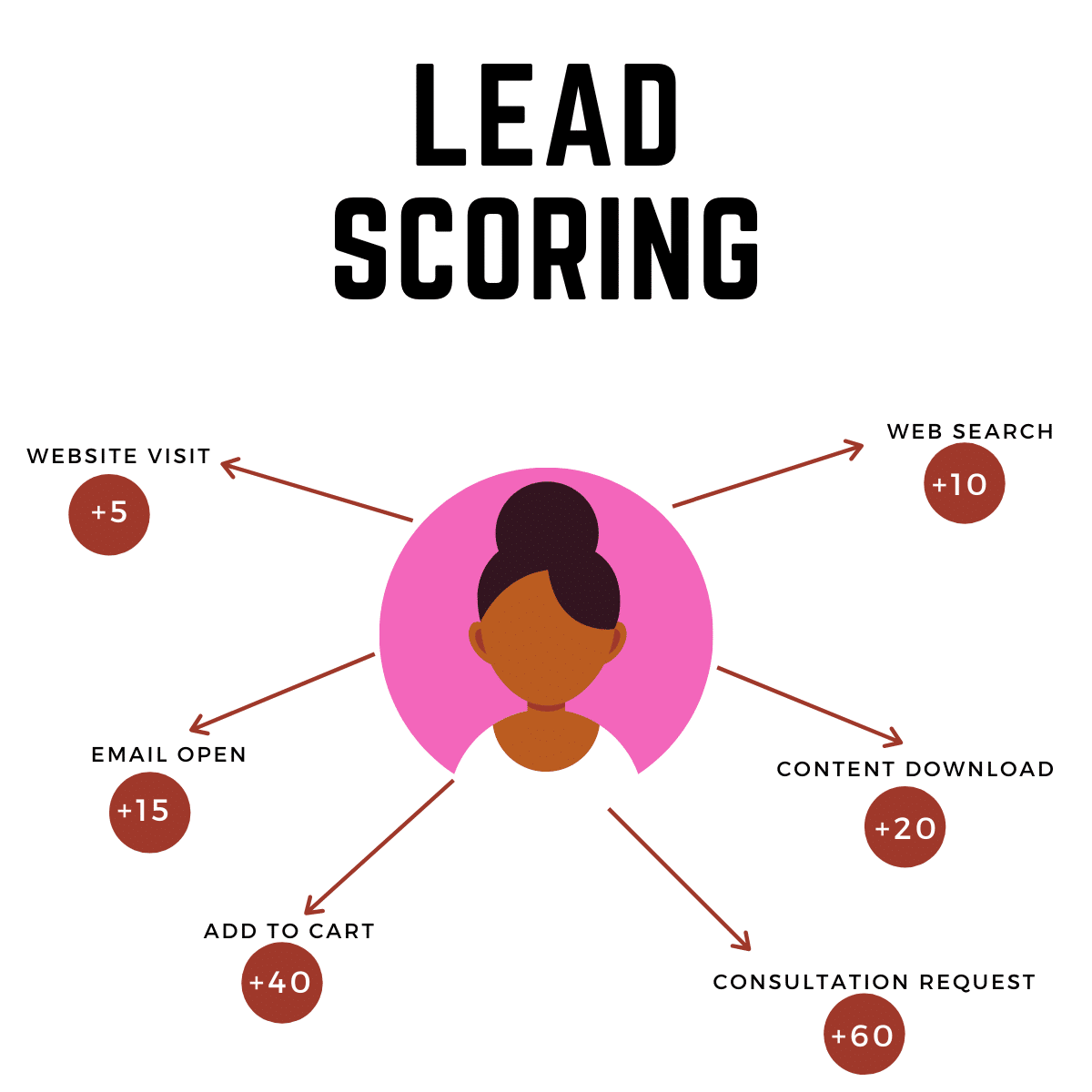As a business owner, there is one marketing duty that you need to work on above all others — and that’s lead generation and lead nurturing. Without the proper leads, you will have no paying customers. And the transition from a lead to a customer is what the buyer’s journey you’re crafting is all about.
But realistically speaking — not all leads are equally valuable to your business. Simply put, some people are more likely to become paying customers than others. And knowing which leads have a higher chance of converting allows you to manage your priorities better, as well as your marketing budget. With that in mind, we’ll introduce you to the mechanics of lead scoring!
Lead Scoring 101
As you might have gathered already, lead scoring provides you with a bottom-line metric; one that factors in all of the different characteristics of your potential customers and gives you a simple rating system that tells you which ones are more likely to add to your revenue in the end.
That way, you’ll know what leads to ignore and what to pursue harder. However, before you can use this effective system; you will have to gain an understanding of all of those different characteristics that make for a good lead. And, conversely, what makes a lead less likely to convert.
These factors depend on the specifics of your business; they depend on the demographic qualities of a specific lead, as well as their previous interactions with your brand.
Scoring actions and demographics
Now that you understand the basic method of lead scoring, the question is — how can you determine what gives and detracts lead points on your scoreboard? We can divide these factors into two categories:
- Demographics
- Actions
When it comes to demographics, you need to consider all of the aspects of your business first.
One of the more basic demographic qualities for lead scoring is location. The type of business that you’re marketing doesn’t really matter in this case; most online businesses that offer some sort of service or product have a specific area of operation. Food delivery services operate in specific areas, while product manufacturers don’t always ship globally.
As a result — distance is important. So, in most cases: the more distant a lead is from your location, the less likely they are to convert to an actual customer. On the other hand, when it comes to some products, people of certain age groups are more likely to be the right target audience. Age can also be a positive (or negative) characteristic on your scoreboard.
These are only the most basic demographic qualities; there can be plenty more depending on the particular nature of your business.
As you’ll soon see, actions that add or subtract lead points are just as numerous. While demographics are important regardless of the interactions of a lead with your business; actions are more essential to the points a lead earns on the buyer’s journey.
The Buyer’s Journey
If you’re unfamiliar with the “buyer’s journey” — this is a marketing term that depicts all of the interactions a lead has with your business before they purchase a product or enlist a service in the end. You may have also heard about this framework being described as a sales funnel.
Along this journey, the potential buyer can undertake many actions — from opening an email from your company to clicking on a blog post. Using lead scoring in your buyer’s journey means listing out all of these potential actions — and then assigning them a score to see which ones are the most valuable.
As you might imagine, the actions that are more valuable in terms of a lead score are those that bring your lead closer to converting — or show a higher interest in your product from a lead. For example, opening an email link is a pretty passive action; it doesn’t necessarily mean that the lead is highly interested in your pitch. However, if a lead makes a specific Google search for a keyword that leads to your product or service; this is a far more valuable action.
Similarly, a lead that puts a product in their cart on your website will have a higher lead score than one that has merely visited the product page.
Conclusion
A combination of the lead score from actions and the lead’s demographic values will give you a great overview of what your most promising leads are. That will allow your company to make the most out of your marketing budget, instead of just swinging for the fences and hoping for the best! Whether cleaning up your CRM system or developing a new prospect list for your sales team, the research tools and dedicated data specialist teams at Impact Enterprises are focused on delivering quality lead scores that provide clients with better lead conversion and improved ROI.
